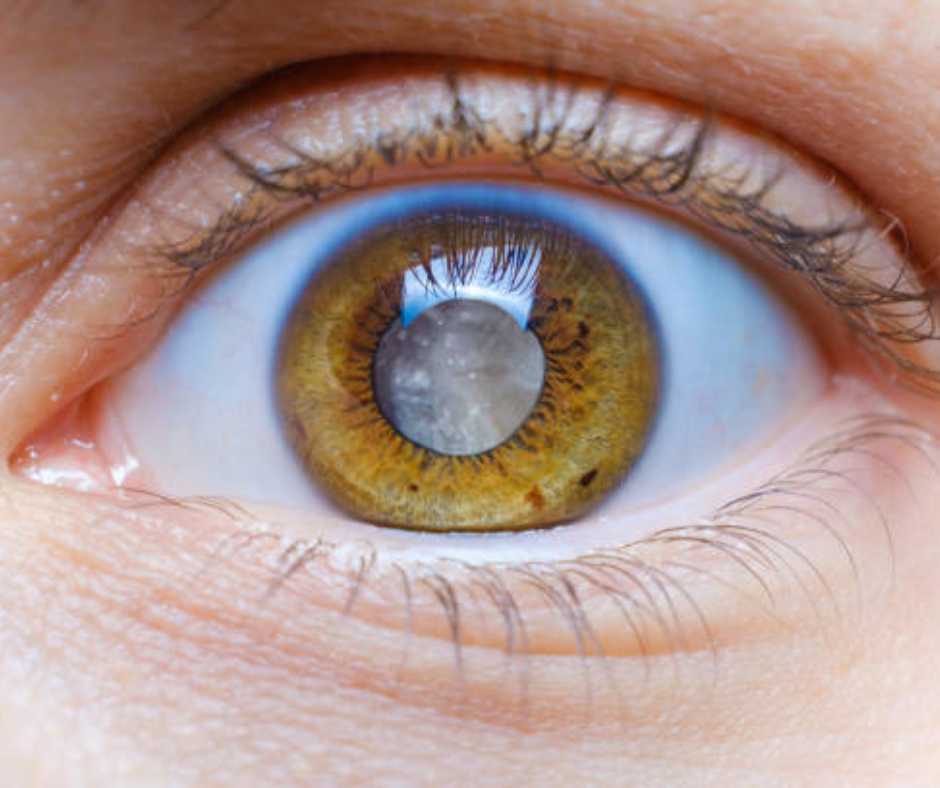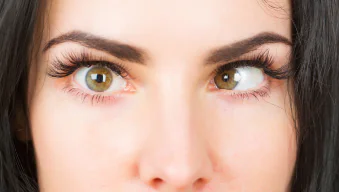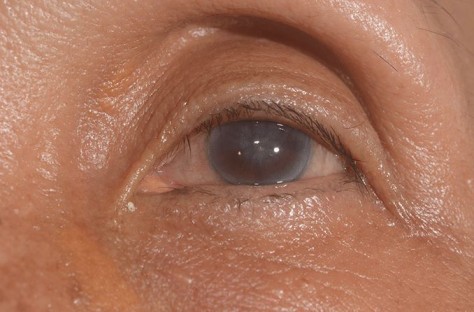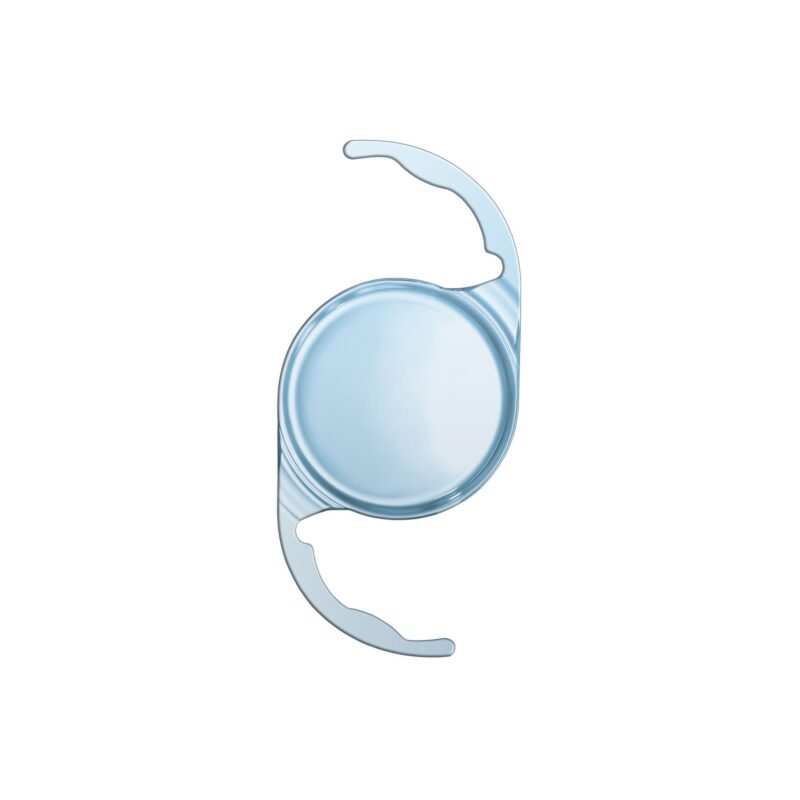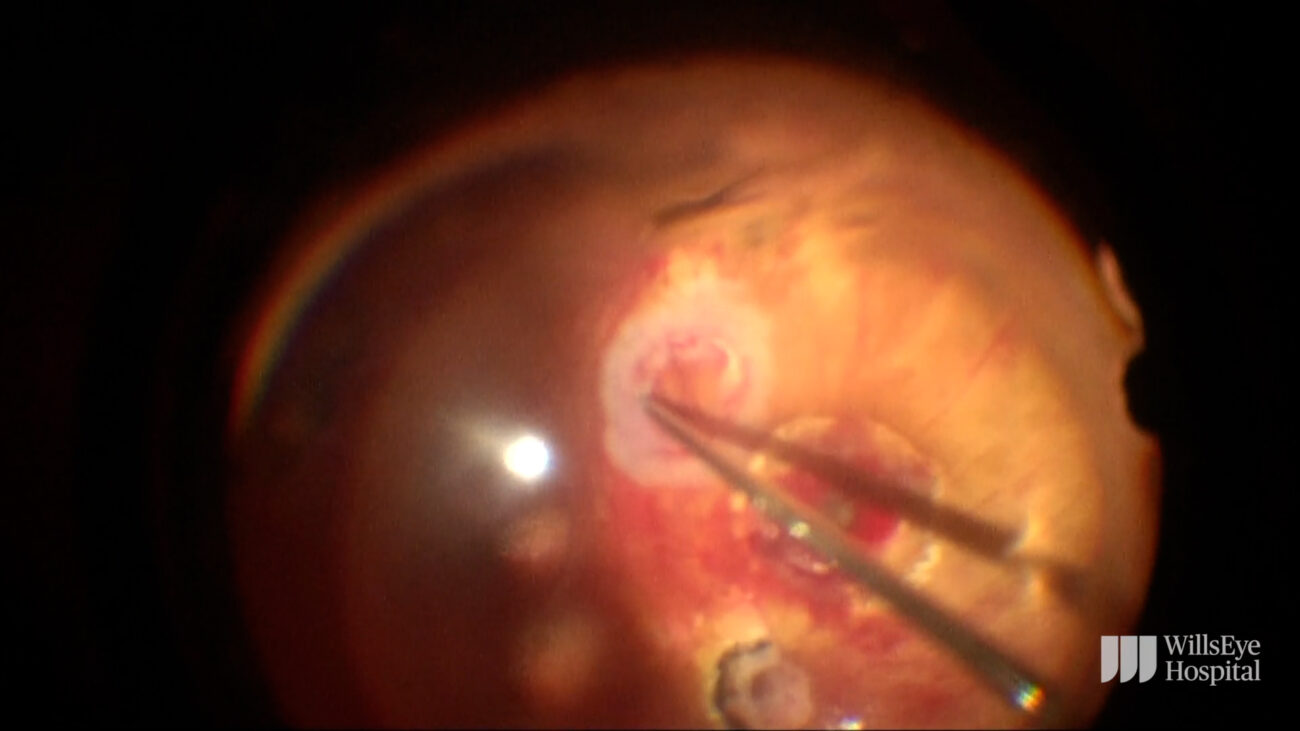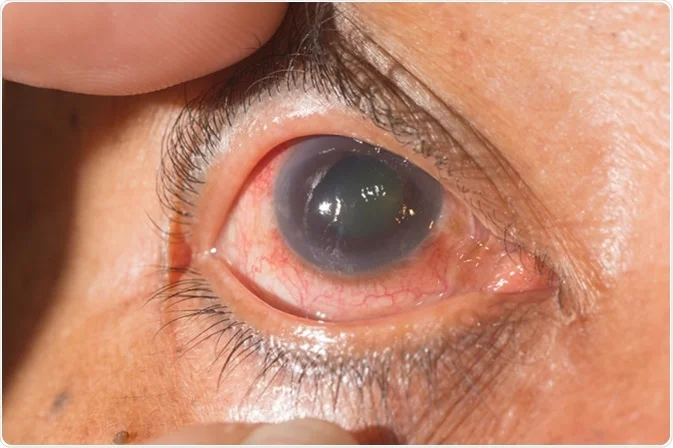Glaucoma is a high-blood-glucose condition in which the pressure inside the eye increases over time. When this happens, fluid backs up into the eyeball and can lead to blindness. Fortunately, there are effective treatments that can keep this from happening. There are many different types of glaucoma, and its symptoms can be difficult to detect and treat. Luckily, recent advances in diagnosis and treatment have made it easier than ever to find out if a loved one has it and how to help them manage it.
Read on to learn more about glaucoma for eyes: 11 Eye-Opening Facts You Need to Know About Glaucoma If you’ve been told your loved one has glaucoma, you may be feeling fear, anxiety, or confusion over what to do next. You might not even know they have the disease! Here are some things you need to know about this serious medical condition so you can take action as a first responder:
- Glaucoma for eyes is a group of eye diseases that cause damage to the optic nerve, which can lead to vision loss or even blindness.
- There are two main types of glaucoma: open-angle glaucoma and angle-closure glaucoma.
- Open-angle glaucoma is the most common type and is often referred to as the “silent thief of sight” because it typically has no glaucoma symptoms until vision loss has already occurred.
- Angle-closure glaucoma is less common but can cause sudden and severe symptoms, such as eye pain, headache, and blurred vision.
- Glaucoma for eyes is often caused by increased pressure within the eye, but other factors such as genetics, age, and certain medical conditions can also contribute to its development.
- Early detection and treatment are crucial in preventing vision loss from glaucoma.
- Regular eye exams, especially for those over 40 and those with a family history of glaucoma, are important for early detection.
- glaucoma treatment typically involves lowering the pressure within the eye through medications, laser therapy, or surgery.
- While there is no cure for glaucoma, treatment can slow or stop the progression of the disease and preserve remaining vision.
- Glaucoma is a leading cause of blindness worldwide, especially among older adults.
- People of African, Hispanic, and Asian descent are at higher risk for developing glaucoma, and those with a family history of the disease are also at increased risk.
Glaucoma vision
Glaucoma is a group of eye diseases that damage the optic nerve, which is responsible for transmitting visual information from the eye to the brain. As the optic nerve becomes damaged, people with glaucoma may experience a gradual loss of peripheral (side) vision, which can progress over time and lead to blindness if left untreated.
In the early stages of glaucoma, there may be no noticeable symptoms or vision loss. This is why regular eye exams are important for detecting and monitoring the condition. As glaucoma progresses, symptoms may include:
- Blurred or hazy vision
- Difficulty seeing in low-light conditions
- Loss of peripheral vision (usually starts with the outer edges of the field of vision)
- Tunnel vision
- Halos around lights
- Eye pain, redness, or discomfort
- It’s important to note that not everyone with glaucoma will experience all of these symptoms, and the specific symptoms can vary depending on the type and stage of glaucoma. If you are experiencing any of these symptoms, it’s important to schedule an appointment with an eye doctor as soon as possible to rule out glaucoma or other eye conditions.
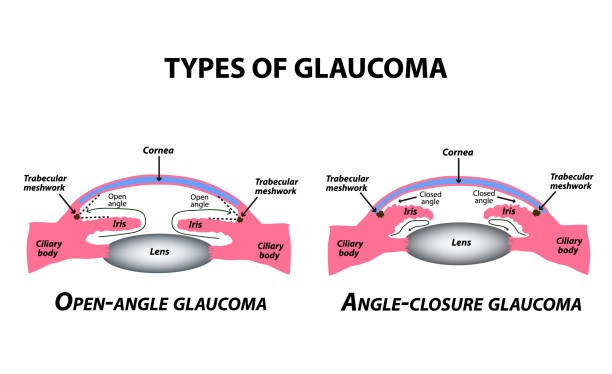
Open-angle glaucoma:
Open-angle glaucoma is a type of eye disease that occurs when the pressure inside the eye (intraocular pressure) gradually increases, causing damage to the optic nerve. This damage can lead to vision loss and blindness if left untreated.
In open-angle glaucoma, the drainage system in the eye becomes partially blocked, causing a buildup of fluid and pressure. This type of glaucoma is typically painless and develops slowly over time, so many people with the condition may not notice any symptoms until significant vision loss has occurred.
Risk factors for open-angle glaucoma include age, family history of the disease, race (people of African descent are at higher risk), high intraocular pressure, and certain medical conditions such as diabetes and high blood pressure.
Glaucoma Treatment for open-angle glaucoma may include eye drops, laser therapy, or surgery to lower intraocular pressure and prevent further damage to the optic nerve. It is important to detect and treat open-angle glaucoma early to prevent irreversible vision loss. Regular eye exams are essential for early detection and treatment.
Angle-closure glaucoma:
Angle-closure glaucoma, also known as acute or narrow-angle glaucoma, is a serious eye condition that occurs when the fluid inside the eye (aqueous humor) is unable to flow properly. This increase in pressure can damage the optic nerve and result in vision loss if left untreated.
The term “angle-closure” refers to the angle between the iris (the colored part of the eye) and the cornea (the clear outer layer of the eye). In angle-closure glaucoma, this angle is narrowed or closed, which can block the flow of fluid out of the eye.
Symptoms of angle-closure glaucoma can include severe eye pain, headache, nausea and vomiting, blurred vision, halos around lights, and redness in the eye. It is considered a medical emergency, and prompt glaucoma treatment is necessary to prevent permanent vision loss.
Glaucoma treatment for angle-closure glaucoma typically involves lowering the pressure in the eye using medications and/or surgery to improve the drainage of fluid. People with a history of angle-closure glaucoma may be advised to avoid certain medications and to have regular eye exams to monitor their eye pressure and prevent future episodes.
Glaucoma for eyes:
Glaucoma for eyes is a group of eye diseases that damage the optic nerve, which is responsible for transmitting visual information from the eye to the brain. This damage is often caused by increased pressure within the eye, but can also occur with normal or even low eye pressure.
Glaucoma is a serious problem that can lead to blindness. Early detection and Glaucoma treatment are essential to preventing glaucoma vision loss. Symptoms of glaucoma are often not noticeable until the disease has progressed, so regular eye exams with an eye doctor are recommended, especially if you have risk factors such as a family history of glaucoma, high eye pressure, or age over 60.
Glaucoma treatment may include eye drops, oral medications, laser therapy, or surgery, depending on the severity of the disease and the individual’s needs. The goal of glaucoma treatment is to lower eye pressure and prevent further damage to the optic nerve. It’s important to follow your eye doctor’s recommendations and attend regular follow-up appointments to monitor the progression of the disease and adjust treatment as needed.
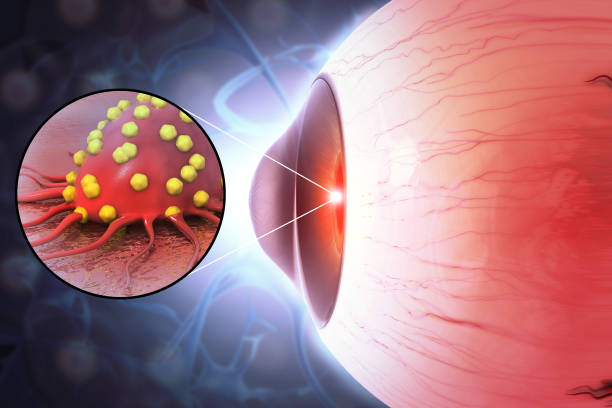
Glaucoma symptoms:
Glaucoma symptoms are a group of eye conditions that can cause damage to the optic nerve, which can result in vision loss or blindness if left untreated. The most common form of glaucoma, open-angle glaucoma, usually has no symptoms in the early stages. However, some people with glaucoma may experience:
- Gradual loss of peripheral (side) vision: This is often the first sign of glaucoma.
- Tunnel vision: As the disease progresses, the field of vision may become smaller and more like a tunnel.
- Blurred or hazy vision: This can occur when fluid builds up in the front part of the eye and causes pressure to increase.
- Halos around lights: This is caused by the buildup of pressure in the eye, which can cause light to be refracted differently.
- Eye pain: This can occur if the pressure in the eye is very high.
- Redness in the eye: This can be a sign of acute angle-closure glaucoma, a medical emergency that requires immediate treatment.
It’s important to note that in the early stages, glaucoma often has no symptoms, so regular eye exams are important for early detection and treatment.
Facts about glaucoma:
Glaucoma is a group of eye conditions that can cause damage to the optic nerve and result in permanent vision loss or blindness if left untreated. Here are some facts about glaucoma:
Glaucoma is one of the leading causes of blindness worldwide, affecting an estimated 80 million people.
Glaucoma is often called the “silent thief of sight” because there are usually no symptoms in the early stages, and vision loss can be gradual and painless.
Glaucoma comes in two different types: open-angle and angle-closure. Open-angle glaucoma is the most common type, accounting for about 90% of all cases.
Risk factors for glaucoma include age, family history, high eye pressure, thin corneas, and certain medical conditions such as diabetes and high blood pressure.
Glaucoma treatment usually involves lowering the pressure inside the eye through medications, laser treatment, or surgery. The goal is to slow or stop the progression of the disease and prevent further vision loss.
Glaucoma for eyes is a chronic condition that requires ongoing management and monitoring. Everyone should get regular eye exams to make sure that they’re not developing glaucoma. Glaucoma is a serious condition, but if it’s caught early, treatments can be very effective.
There is currently no cure for glaucoma, but with early detection and proper treatment, many people with the condition can maintain good vision and quality of life
Glaucoma treatment:
Glaucoma is a group of eye conditions that cause damage to the optic nerve, which can lead to vision loss or blindness. Glaucoma treatment usually involves lowering the pressure inside the eye, known as intraocular pressure (IOP), to prevent further damage to the optic nerve.
Here are some common treatments for glaucoma:
- Eye Drops: Eye drops are often the first line of treatment for glaucoma. They work by reducing the amount of fluid produced in the eye or increasing the amount of fluid drained from the eye. Examples of eye drops used to treat glaucoma include prostaglandins, beta-blockers, alpha-agonists, and carbonic anhydrase inhibitors.
- Laser Trabeculoplasty: Laser trabeculoplasty is a type of laser surgery that can help reduce IOP by increasing the drainage of fluid from the eye. This procedure is typically performed on an outpatient basis and can be effective in reducing IOP for many patients.
- Conventional Surgery: In cases where eye drops and laser trabeculoplasty are not effective, conventional surgery may be recommended. This type of surgery involves creating a new drainage channel to allow fluid to leave the eye more easily.
- Micro-invasive Glaucoma Surgery (MIGS): MIGS is a relatively new type of glaucoma surgery that involves using tiny incisions and micro-sized medical devices to reduce IOP. MIGS is less invasive than conventional surgery and typically has a faster recovery time.
It’s important to note that glaucoma is a chronic condition that requires ongoing management and treatment. Regular eye exams and monitoring of IOP are critical for maintaining vision and preventing further damage to the optic nerve.
Glaucoma and cataract:
Glaucoma and cataract are both eye conditions that can cause vision loss if left untreated.
The most common symptom of glaucoma is progressively worsening vision, but in some cases, there may be no symptoms at all. Glaucoma for eyes is usually treated with medication, surgery, or a combination of both. The most common symptom of glaucoma is progressively worsening vision, but in some cases, there may be no symptoms at all. Glaucoma is usually treated with medication, surgery, or a combination of both. This damage is often caused by increased pressure in the eye and can lead to irreversible vision loss if left untreated. Symptoms of glaucoma can include blurry vision, tunnel vision, and difficulty adjusting to dark environments. Glaucoma trratment can include eye drops, medication, laser therapy, or surgery.
Cataracts, on the other hand, occur when the lens of the eye becomes cloudy or opaque, causing blurry or dimmed vision. Cataracts can develop as a result of aging, injury, certain medications, or other underlying medical conditions. Symptoms of cataracts can include blurred vision, difficulty seeing at night, sensitivity to light, and seeing halos around lights.
While glaucoma and cataracts are different conditions, a person can have both at the same time. Regular eye exams can help detect and manage both conditions to prevent vision loss.

